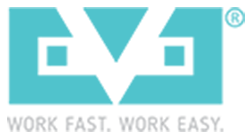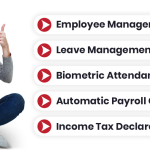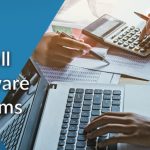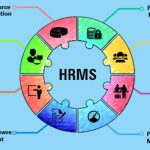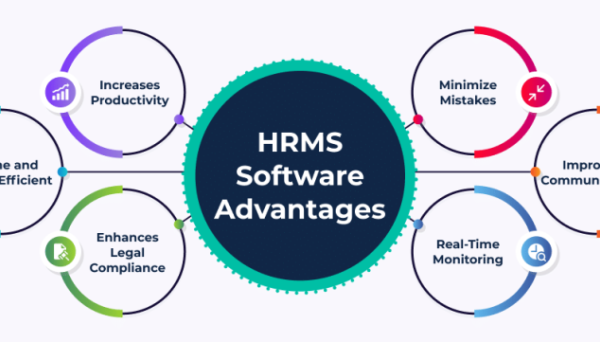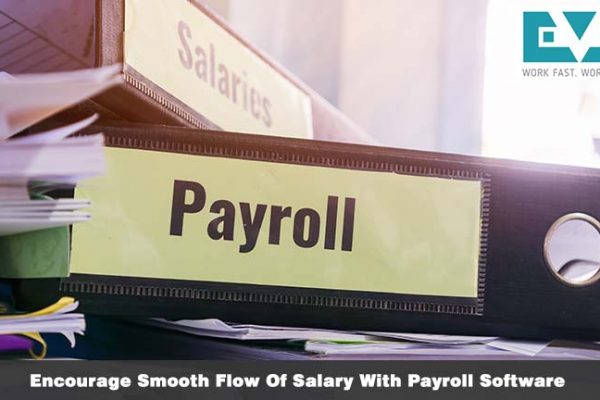What is the function of Payroll Software?
The method through which employees receive their remuneration is payroll. Data on payroll is balanced and reconciled, and taxes are deposited and reported as part of their function. The payroll division is responsible for handling payroll deductions, maintaining records, and ensuring the accuracy of pay information. The payroll department processes new hire paperwork, sends payroll checks, keeps track of tax compliance, and updates employee files. Calculating reimbursements, bonuses, overtime, and holiday pay is a job for payroll specialists.
Why invest in HR and Payroll Software?
A collaborative effort goes into payroll. Together, the finance and human resource departments reduce compliance risks and guarantee that everyone is paid. Despite this, HR staffs are responsible for the majority of the paperwork, filing, and data collection. Thankfully, there is a way to simplify the procedure and improve the quality of life for all. Many of the functions offered by HRIS solutions are included in HR payroll software. But it also has typical payroll processing features, such as automatic payslips and tax filing.
Your team requires a strong HR payroll software framework to use the tool efficiently and maximize ROI, just like with any other piece of business software.
Standard and Accurate Record Keeping
The majority of payroll-related HR responsibilities entail paperwork, whether digital or not. Records often reflect changes to employee benefits or pay scales. For instance, ask your recently promoted employee to complete a new tax form or medical insurance application. The fact that all of these records are in one place is a nice feature of HR and payroll software. Because the software saves a digital copy of your documents, you don’t need to worry about losing it.

Every new member of the team should experience the same on boarding process. Of course, their departments’ needs for the best payroll software or training may vary depending on their job duties. But to increase the effectiveness of on boarding, there should be a set methodology in place.
Employee Tax Law Ease
Taxes are often handled by the finance and accounting teams, but the HR department has to be familiar with the fundamentals. For instance, how tax regulations affect new hires based on their employment status or how much to deduct from a staff member’s weekly pay check. Training on tax compliance should include HR managers so they can teach their staff about it.
Employee self-service, which enables each person of your organization to edit their own profiles, is a feature in the majority of payroll systems. Of course, some features have access limitations. Only managers have the authority to change employees’ pay rates or accumulated vacation time. The contact information, bank account information, and other personal information of employees are prone to change. Employees are empowering because they have more freedom as a result.
Why do companies choose Payroll Software?
Any software you buy should reduce your pain points, whether that means increasing team productivity or reducing their workload.
Finding the ideal instrument for each activity is vital. The fact that HR and payroll software is multipurpose is one benefit of purchasing it. You don’t need to spend money on numerous systems and deal with the compatibility problems that come with them for every process. Finding HR payroll solutions that offer all of your must-have features without IT overlap is crucial for this reason. For instance, it doesn’t carry out the same tasks as a tool you already own for managing your human resources.
Payroll systems for HR can assist you in making fast payments and maintaining a satisfied workforce.
